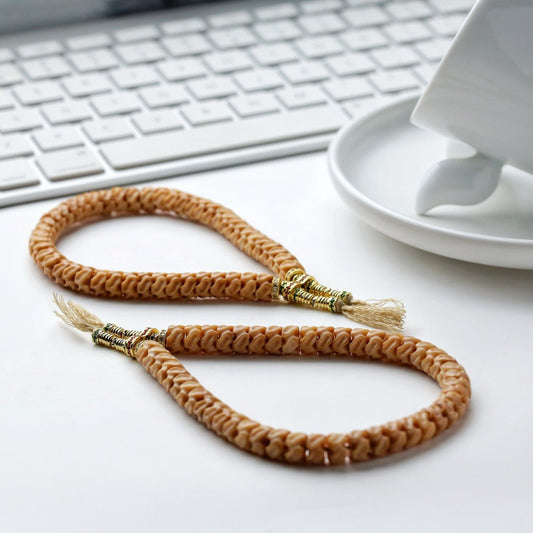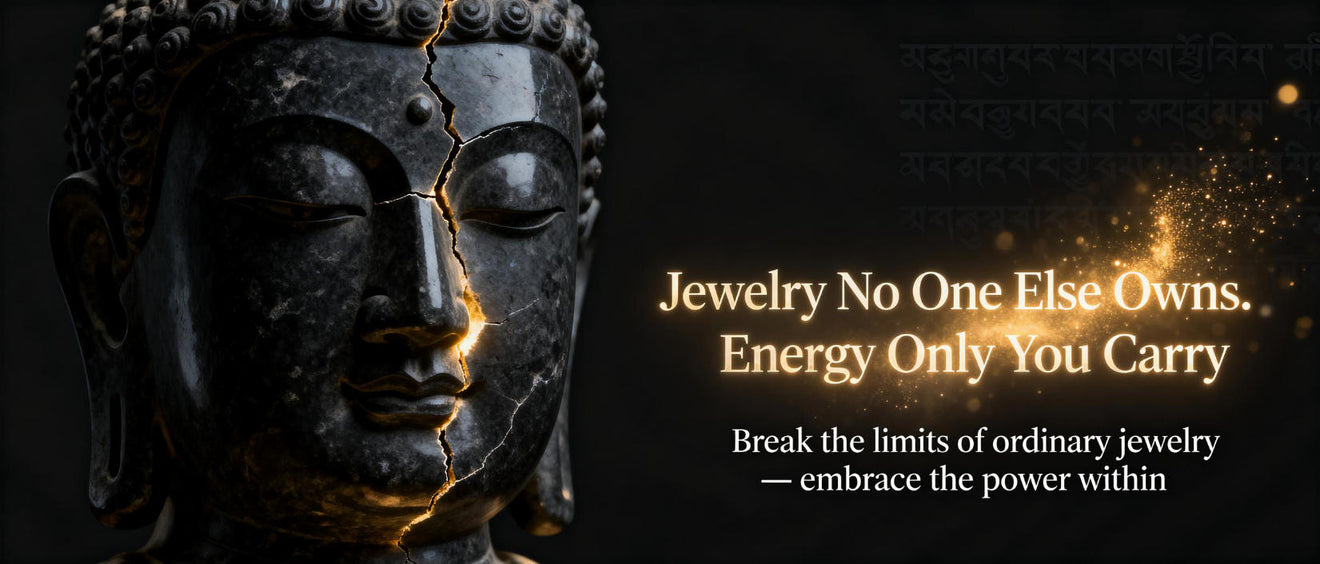
Within the refined texture amidst Tibetan religious beliefs are present two celebrated items: the thangka and the bodhi bead. Each, consistently, in defined style, bridges connections to sacred insight. The thangka, a colorful canvas, shows holy beings, mystical shapes, or doctrinal episodes, providing insight for inner reflection.
Simultaneously, the bodhi bead, often crafted from semiprecious minerals, hardwood, pods, or osseous tissue, is a tangible reminder of Buddha's awakening under the bodhi tree. Employing the beads assists in mental stillness.
- Individually, the thangka and the bodhi bead embody the synergy between expression and belief. They offer a tangible link to the traditional insight of Tibetan Buddhism.
Camel Bone Whispers
Throughout historic ages, ages-old treasures whisper tales of a world long vanished. These are not gilded objects associated with disregarded empires, but simple camel bones engraved with glyphs that hold the riddles of a bygone phase. Every fragment whispers the echo originating from a life lived, a journey undertaken, and a connection to the old wisdom within which encompasses us all.
- These
- Tokens
- Provide
Decoding the Spirituality of Thangka Artworks
Tangkas are eye-catching paintings on canvas, meticulously crafted by Tibetan artists to depict divine figures and scenes from Buddhist texts. Each detail within a thangka is laden with significance, forming a complex tapestry of visual narratives that guide the viewer on a spiritual journey. The palettes used in thangkas are not merely aesthetic choices but carry essential connotations, standing for different aspects of the Buddhist doctrine. From the majestic figures to the intricate ornamentation, thangkas offer a glimpse into the rich world of Tibetan Buddhism, inviting us to ruminate upon its truths.
- Conventional thangka art often depicts key Buddhist figures such as Buddha Shakyamuni, Bodhisattvas like Avalokiteshvara and Manjushri, and enlightened beings from various sects of Tibetan Buddhism.
- Inside these representations lies a wealth of expertise that can be interpreted by those who analyze the symbolic language of thangkas.
Awakened One's Path to Enlightenment: Embodied in Beads and Bone
Upon the winding route to awakening, the Buddha utilized tokens imbued with profound importance. All bead and object held within them the quintessence of his transcendent vision, presenting glimpses into the nature of reality. Via their form, the Buddha imparted profound revelations that outstrip the realm of ordinary perception.
From his contemplative beads, crafted from unique materials, emanated vibrations that echoed with the refined forces within. The structure of a creature, meticulously transformed into talismans, served as tangible reminders of the impermanence constitutional to all creatures.
Thangkas: Windows into Himalayan Spirituality
Thangkas glowing paintings on cloth serve as powerful representations of Himalayan spirituality. These intricate works of art, meticulously created with delicate brushstrokes, depict a vast array in Buddhist deities, mandalas, and scenes from holy scriptures. Each thangka is a spiritual map for meditation and contemplation, offering understanding into the nuanced teachings of Buddhism.
- They are often used in ritual ceremonies and
- reflecting states of spiritual realization.
- Thangkas are not merely decorative elements but rather glimpses into the rich and intriguing world of Himalayan spiritual traditions.
The Spiritual Significance of Bodhi Beads in Mindfulness and Compassion
Each sphere on a bodhi bead mala whispers tales of ancient wisdom, guiding us on a odyssey through the tranquil waters of mindfulness. As we grasp these intricately made beads, our fingers trace the contours of each one, anchoring our cognition in the present moment. The gentle burden of the beads against our palms serves as a tangible reminder to take in air, fostering a sense of quiet.
- Whenever a bead that passes between our fingers, we cultivate compassion, extending it first to ourselves and then outward to the world.
- Eastern philosophy teaches us that mindfulness is a practice that requires patience and tenacity.
Using the rhythmic repetition of mantra or simply the mindful counting of the beads, we liberate from the relentless chatter of the mind.
The practice of bodhi beads is a soft invitation to rekindle our connection with ourselves and the world around us.
Manifesting Intent: Building Camel Bone Bracelets for Sacred Development
Focus represents a compelling drive in our lives, shaping our experiences and guiding us towards our destined path. When we combine this intention with the time-honored techniques of crafting a camel bone bracelet, we create a potent synergy that can boost our spiritual growth.Camel bone is ethereal in nature, representing vitality. Its natural beauty and ancient magnetism serve as a constant reminder of the inherent power within each of us.While choosing every element, inject meaningful wishes. With every knot or tie, we insert our hopes, dreams, and aspirations for spiritual evolution. This act of creation becomes a powerful affirmation, uniting us with our inner wisdom and guiding us on a road to insight.- Use the bone’s natural designs to enhance symbolic resonance.
- Project your aims as you bind each component.
The Enduring Impact of Camel Bone in Buddhism
In the rich tapestry of Buddhist tradition, artifacts often hold profound symbolic meaning. Amid these varied objects, camel bone stands out as a noteworthy and intriguing element. Amid history, this material has been exploited in the crafting for various Buddhist tools, each imbued with specific connotations.
- Considered as a symbol of resilience and strength due to the camel's ability to last in harsh environments, camel bone often expresses spiritual fortitude.
- Moreover, the color and texture against camel bone are believed to some to hold auspicious connotations, indicating purity and serenity.
As a result, camel bone has become a important part of Buddhist legacy, serving as a tangible link to the profound teachings within this ancient faith.
Thangka Works: Stories of the Divine
Within the ethereal realm of Tibetan Buddhism, Thangka paintings emerge as sacred portals to enlightenment. These breathtaking works, meticulously crafted by skilled artists known as thangkapa, depict a myriad in an array of vibrant deities, celestial beings, and mythical creatures. Each brushstroke embodies profound spiritual significance, narrating ancient tales and philosophical ideas.
- Presenting a vast repertoire of Buddhist iconography, Thangkas serve as both devotional objects and instructional tools. Zealous practitioners gaze upon these paintings during rituals and meditations, seeking to cultivate spiritual wisdom.
- Elaborately embellished with intricate details incorporating a spectrum of vibrant hues, Thangkas are considered windows into the divine. Each individual painting acts as a symbolic representation of the Spiritual Leader's teachings and the path to liberation.
Through their powerful imagery and symbolism, Thangka paintings offer a glimpse into the rich theological traditions of Tibet. They are a testament to the enduring elegance of Tibetan art and its profound ability to inspire.
Embracing the Duality: Thangkas and the Cycle of Life and Death
Thangkas, the richly painted Tibetan scrolls, present a deep contemplation on the ephemeral character of existence. Each intricate drawing depicts deities and beings engaged in the evolving venture of life and death, a panorama of birth, growth, impermanence, and renaissance. The artists skillfully integrate these concepts within the thangka's setting, highlighting the balance of all things. Through vivid representations, they invite us to contemplate on our own life. The cycle persists, a sequence of coming and going, highlighting the preciousness of each moment. By embracing this duality, Fengshui thangkas teach us to value the beauty in both life's joys and sorrows.Chains of Spirituality: The Significance of Bracelets in Buddhist Practice
In the intricate tapestry of Buddhist practice, seemingly unassuming objects often hold profound meaning. Among these are bracelets, which serve as tangible emblems of devotion and commitment to the practice of Buddha. Worn on the wrist, a bracelet works as a constant reminder of one's aspirations and aims. It can mirror the impermanence of life, inspiring practitioners to remain aware in the present moment. Some bracelets may embrace sacred drawings, such as mantras or the names of Buddhas, which are believed to invoke positive energy and protection. Others may be made from materials with spiritual significance, like sandalwood or lotus seeds, adding the bracelet's potency. Ultimately, the significance of a Buddhist bracelet derives far beyond its physical form. It becomes a powerful tool for mindfulness, a motivation to live in harmony with the teachings of Buddha, and a origin of one's unwavering trust.